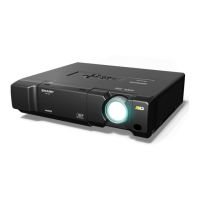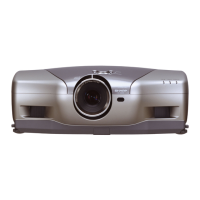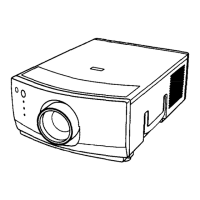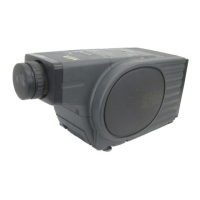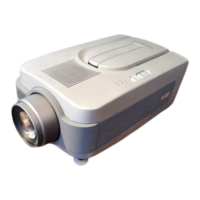Why Sharp Projector has no picture or does not start?
- CCynthia KingAug 18, 2025
If your Sharp Projector isn't displaying a picture or won't start, several factors could be the cause. Here's what to check: * Ensure the projector's power cord is securely plugged into the wall outlet. * Verify that all connected external devices are powered on. * Make sure the lens shutter is open. * Confirm the correct input mode is selected. * Check that the cables are correctly connected to the projector. * Replace the remote control battery. * Set the external output when connecting a notebook computer. * Ensure the lamp unit cover is correctly installed. * Select the correct Signal Type. * Set the correct video signal format for the video equipment. * Adjust the brightness setting if it's set to the minimum.



